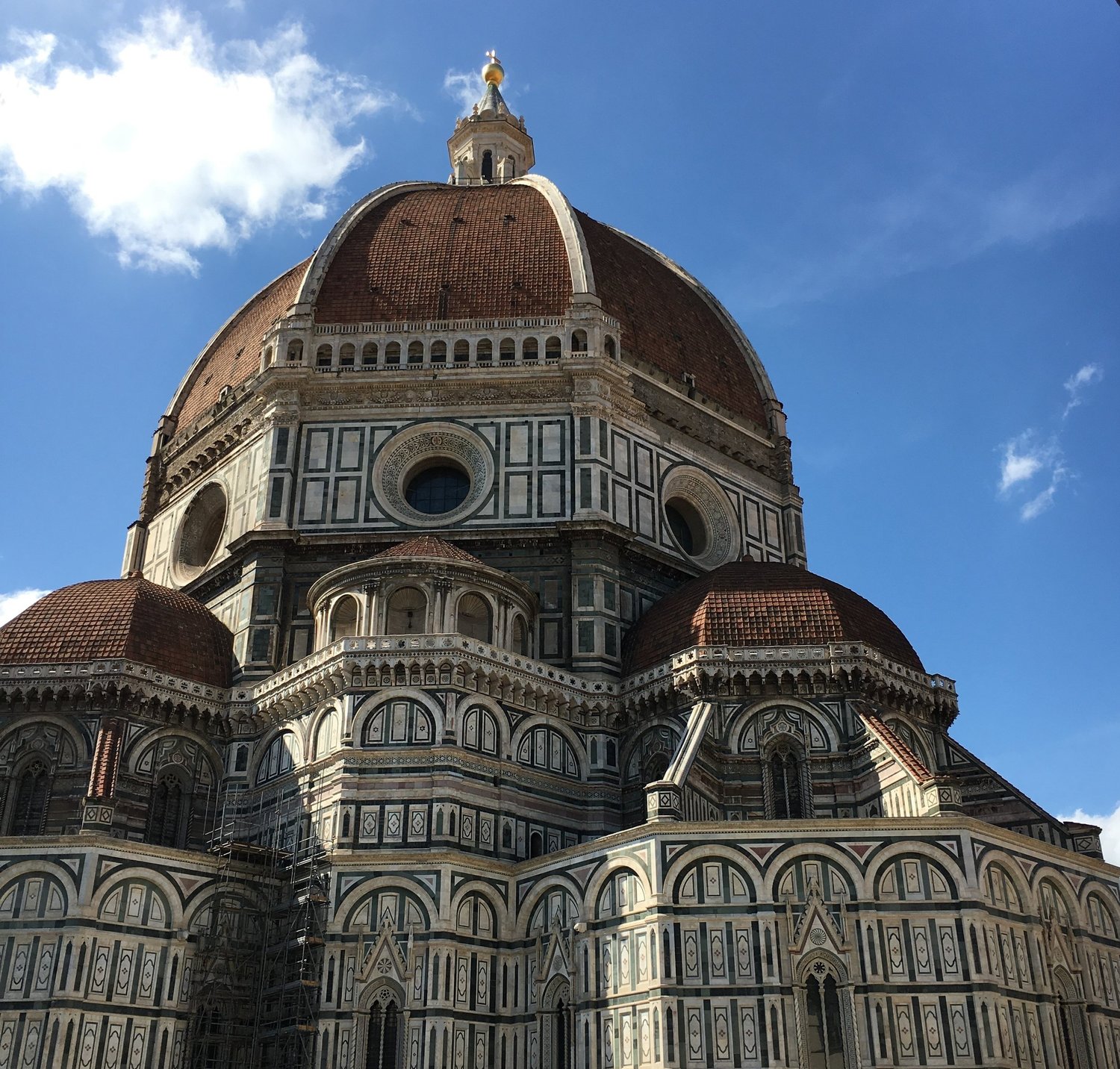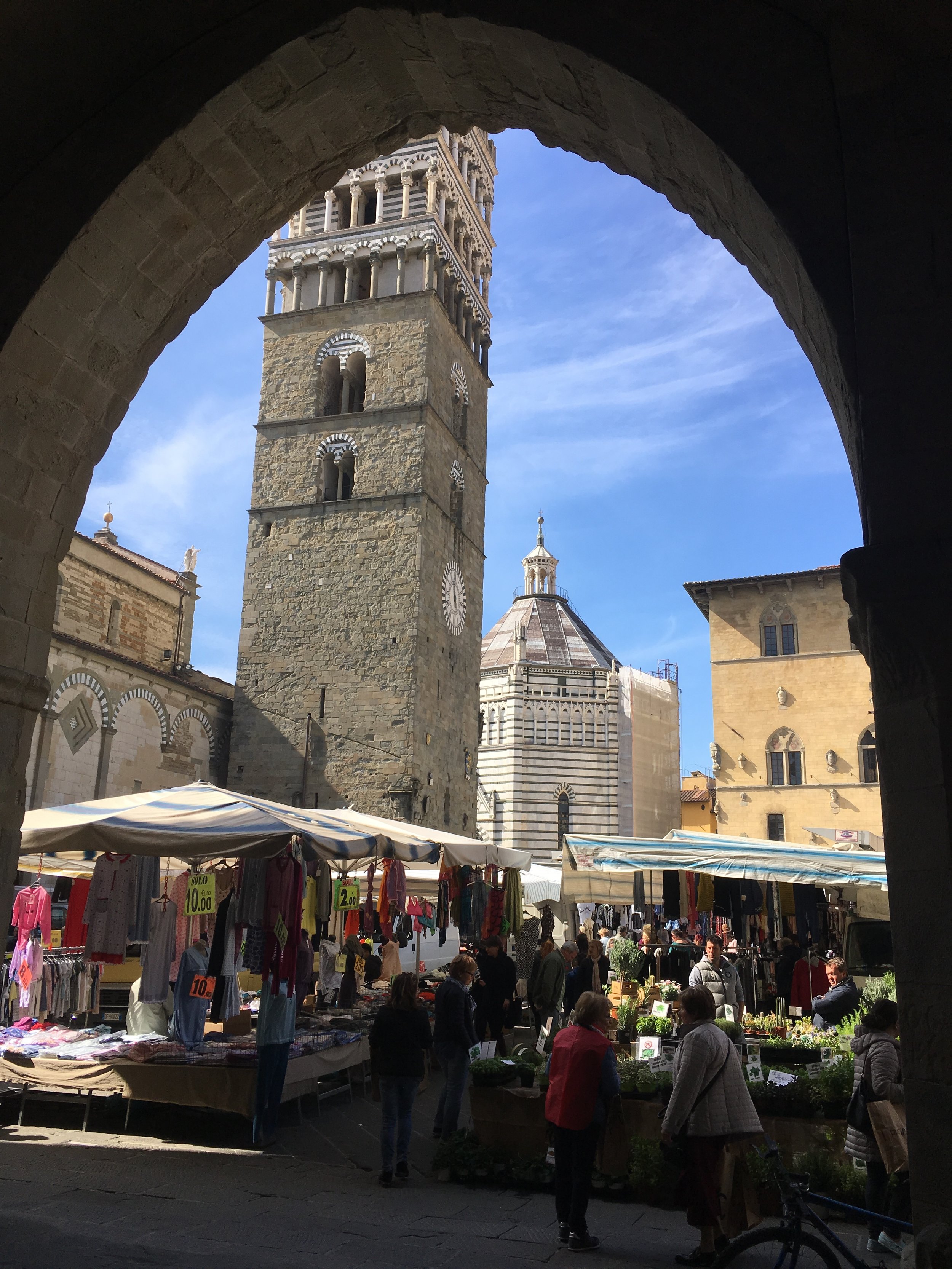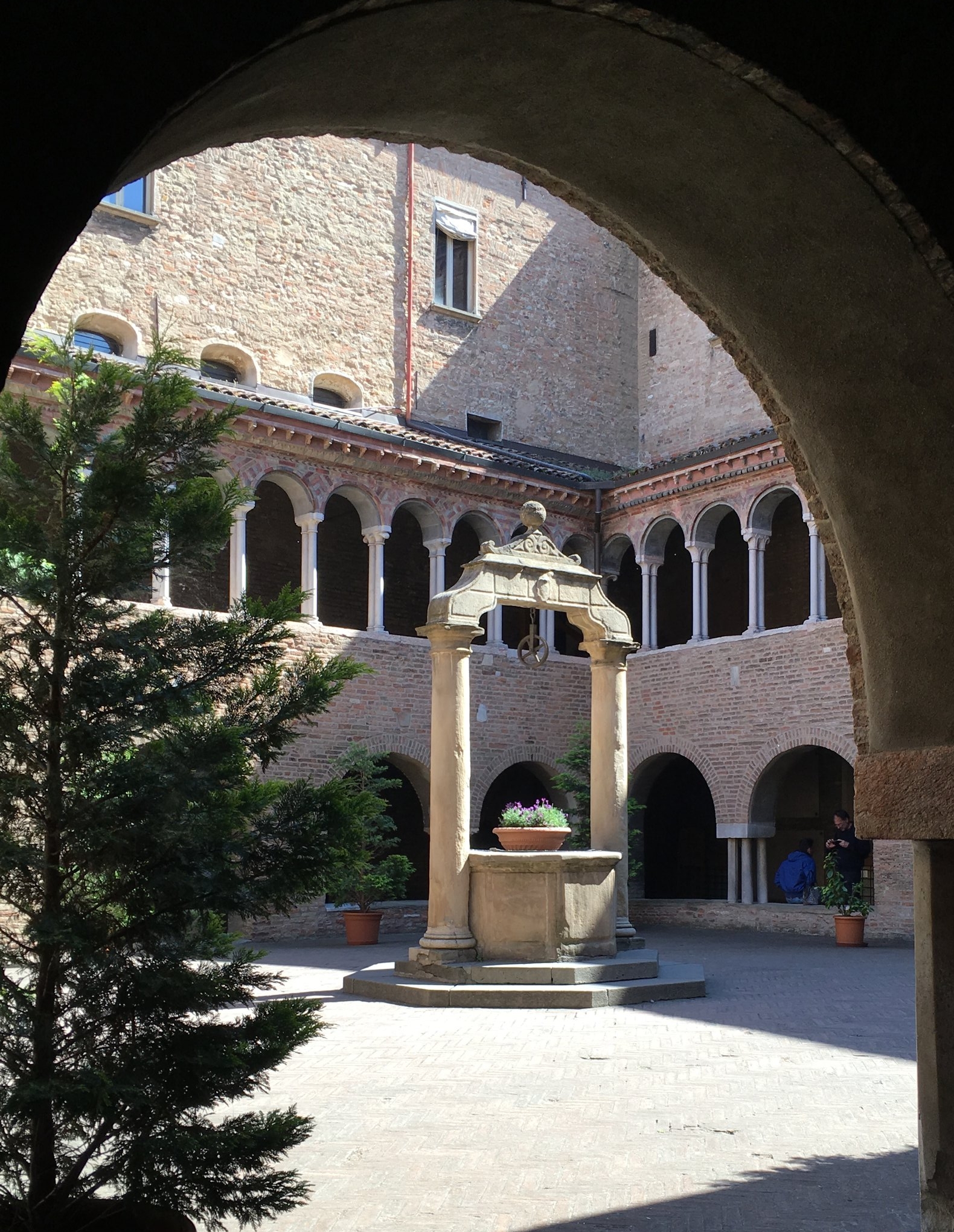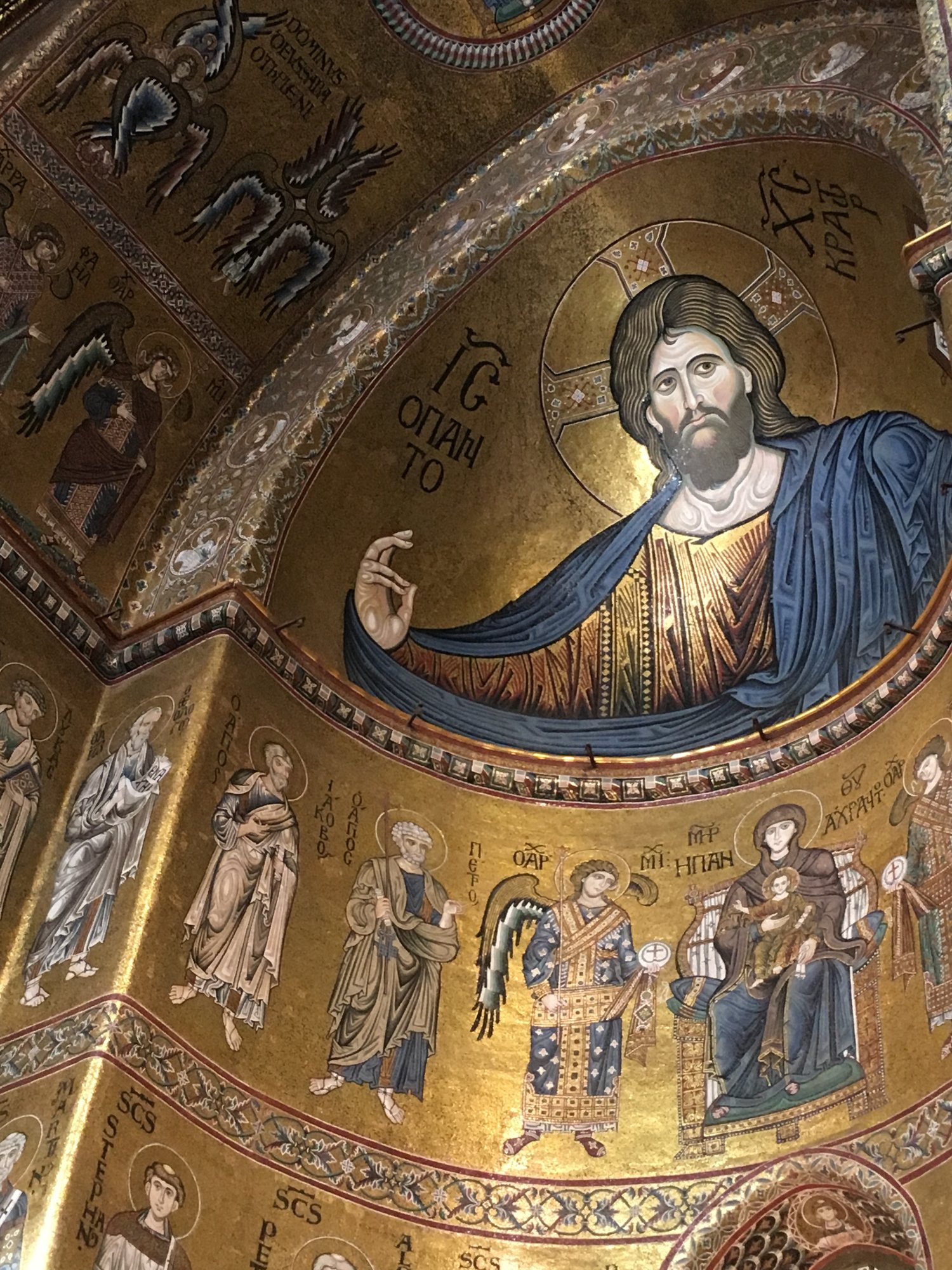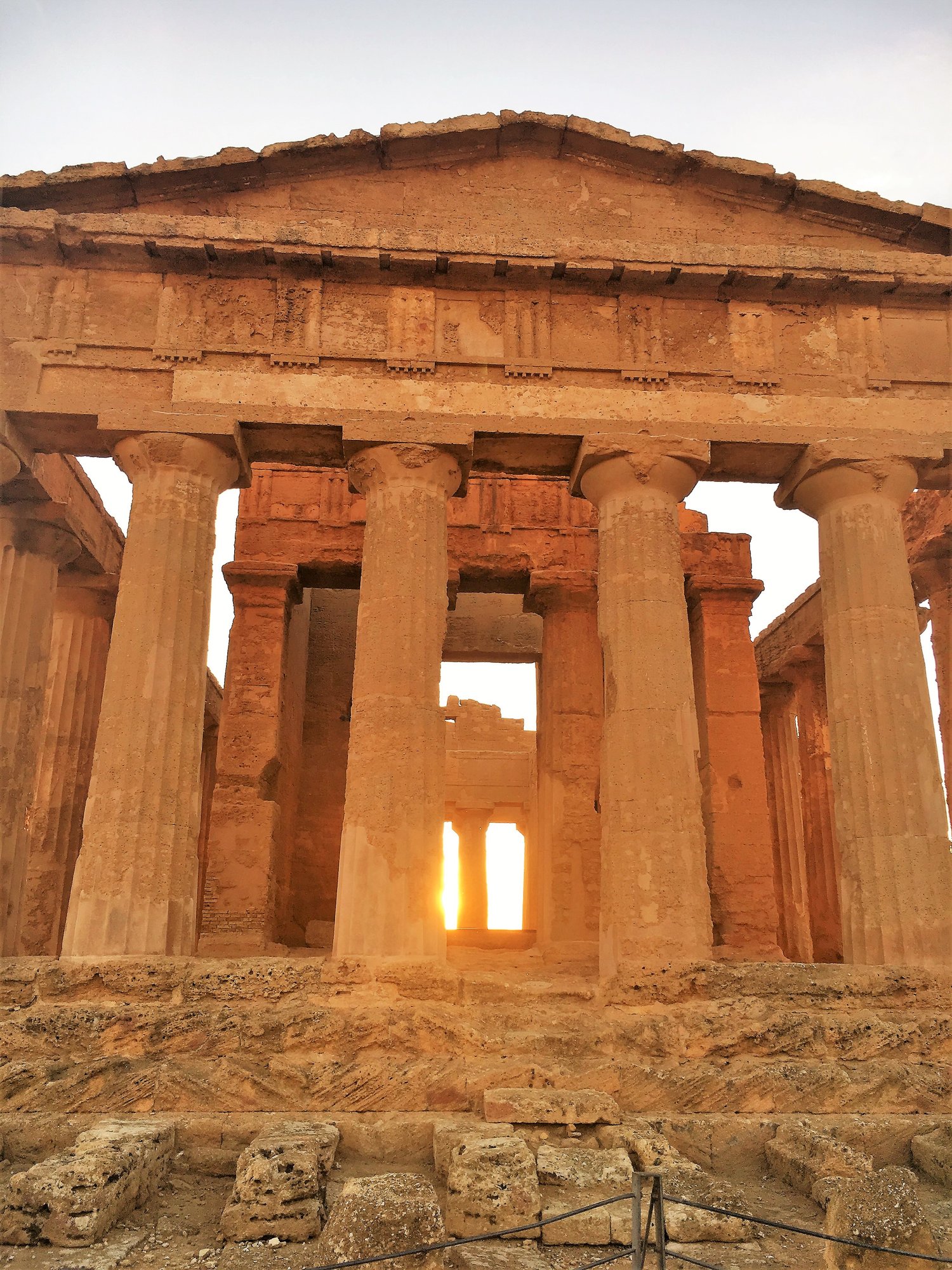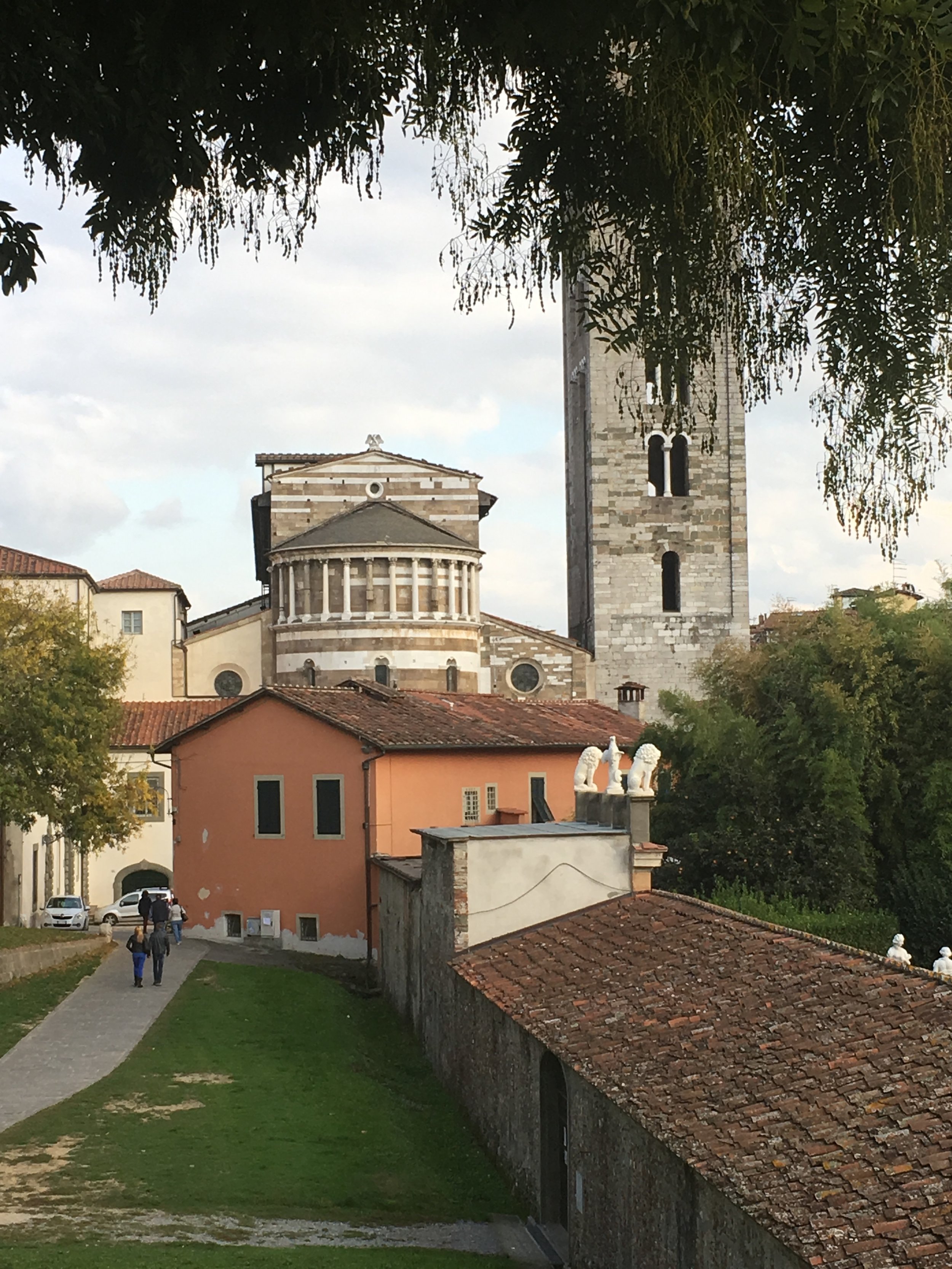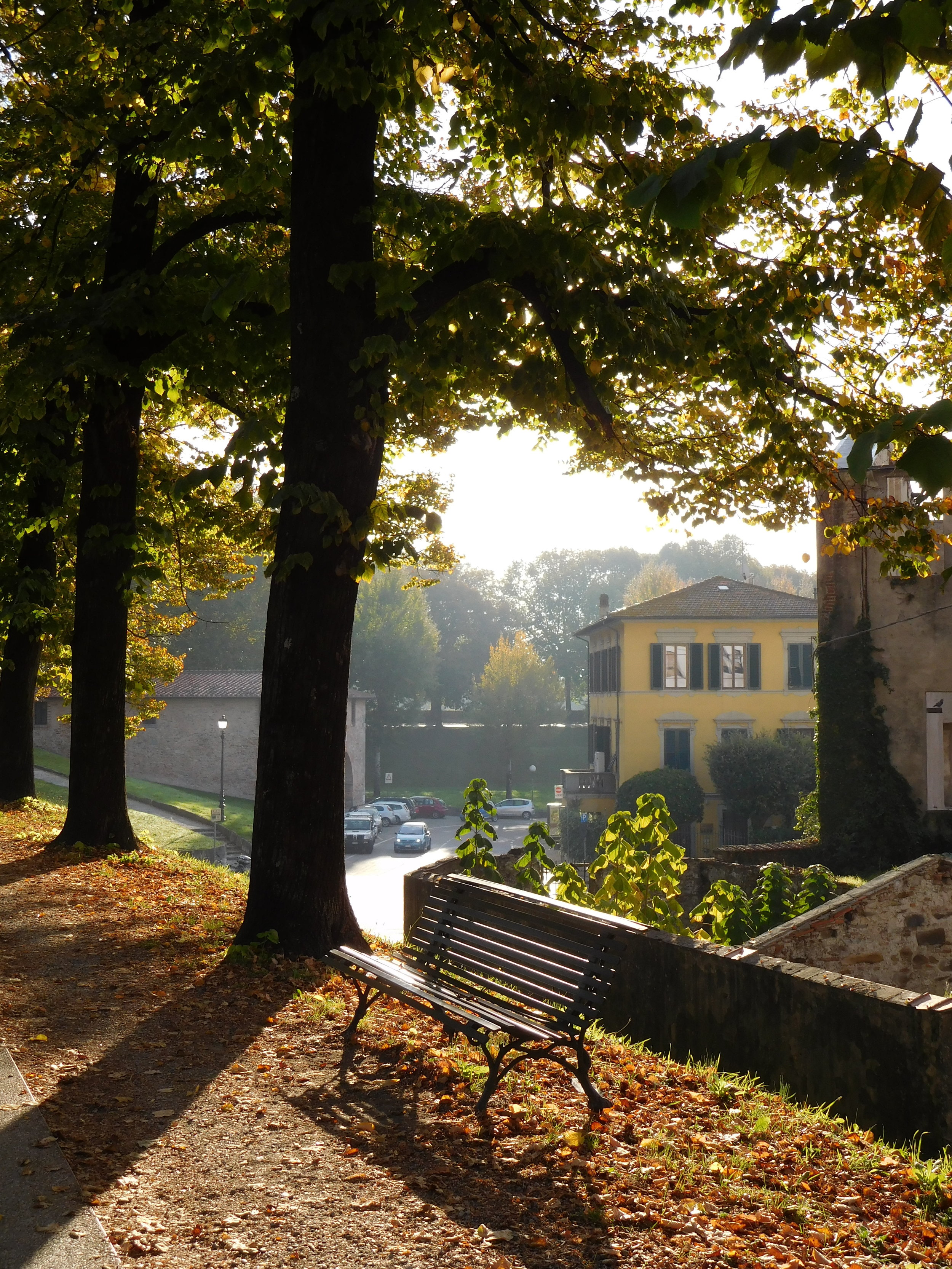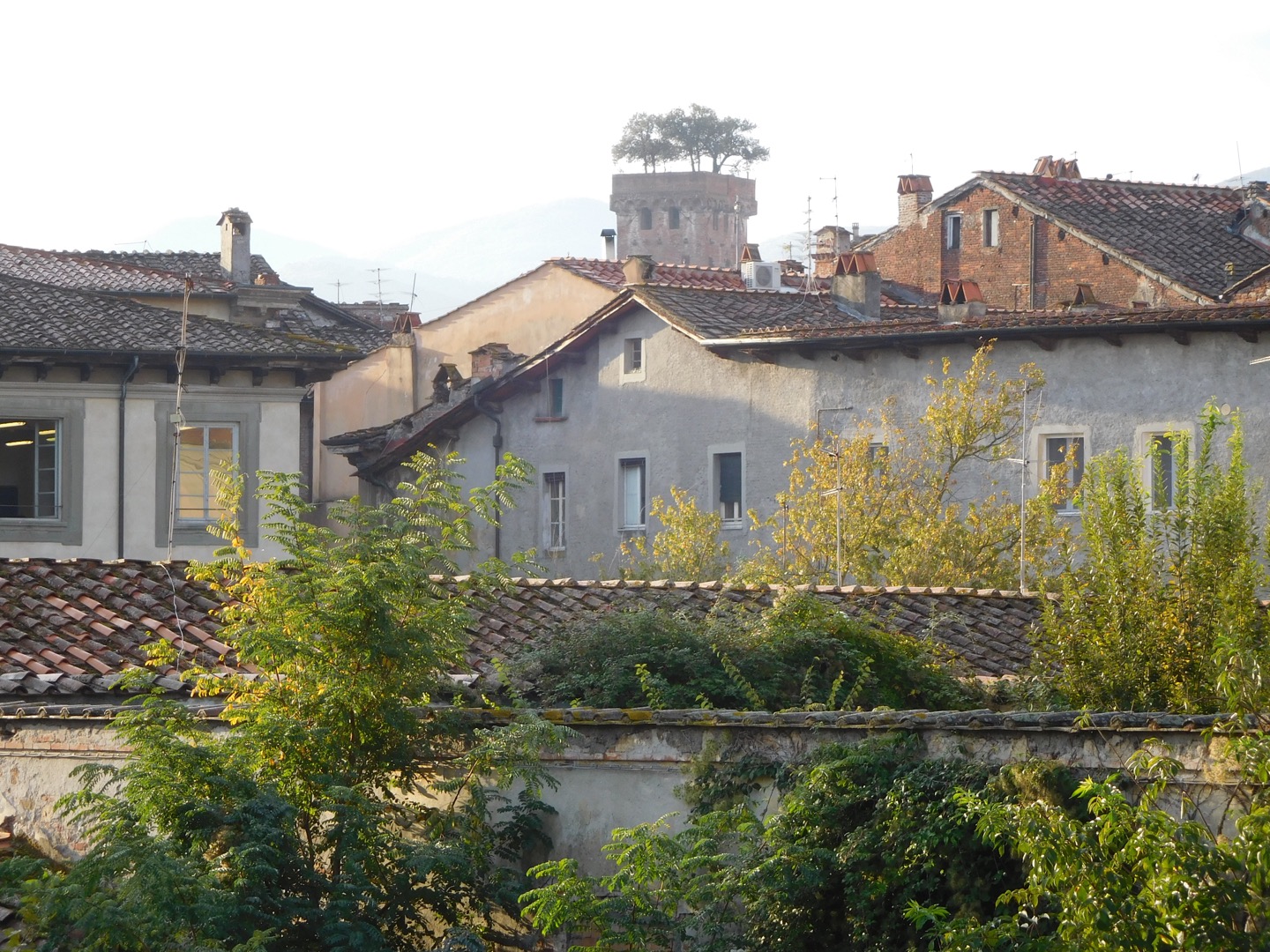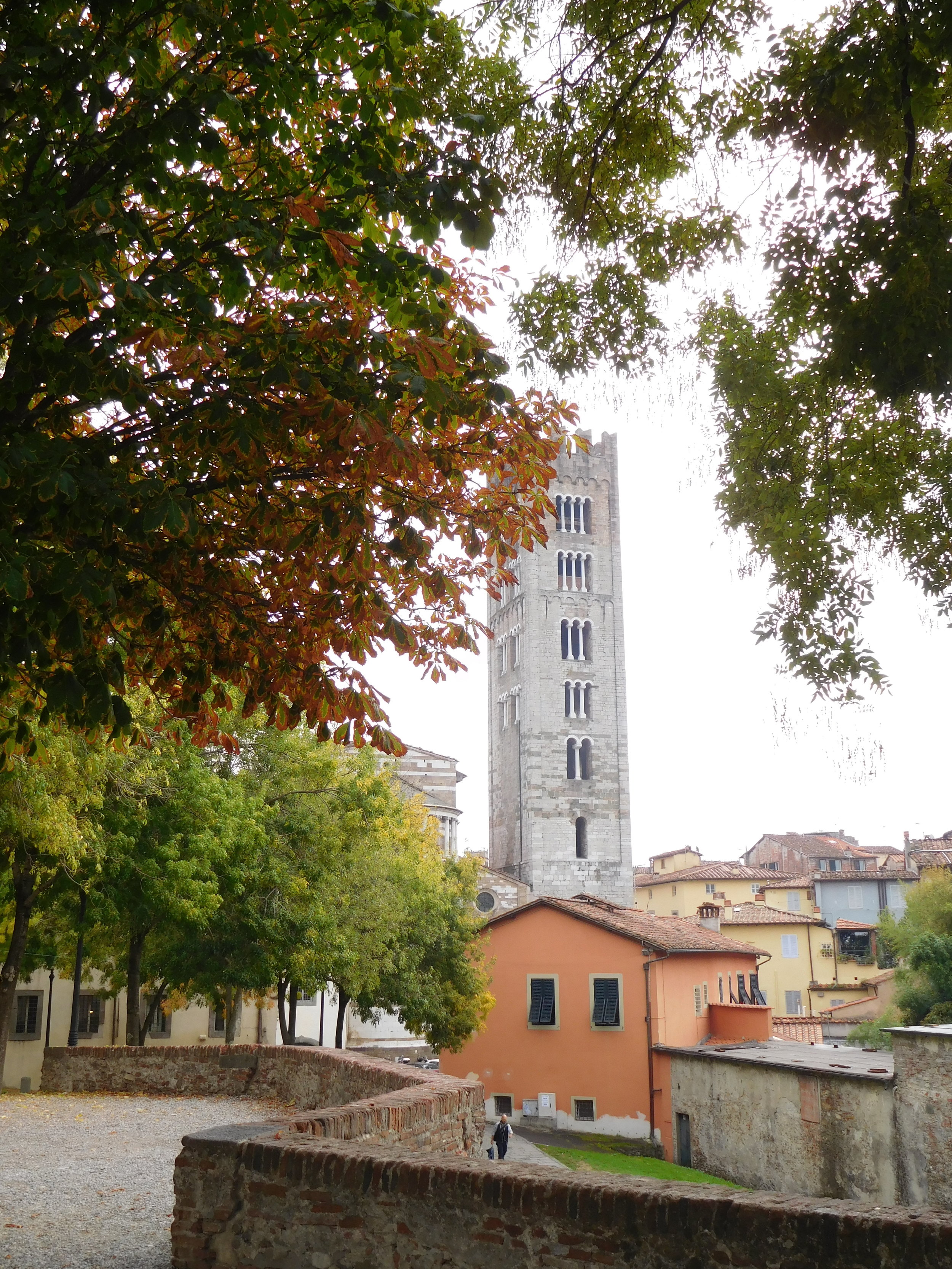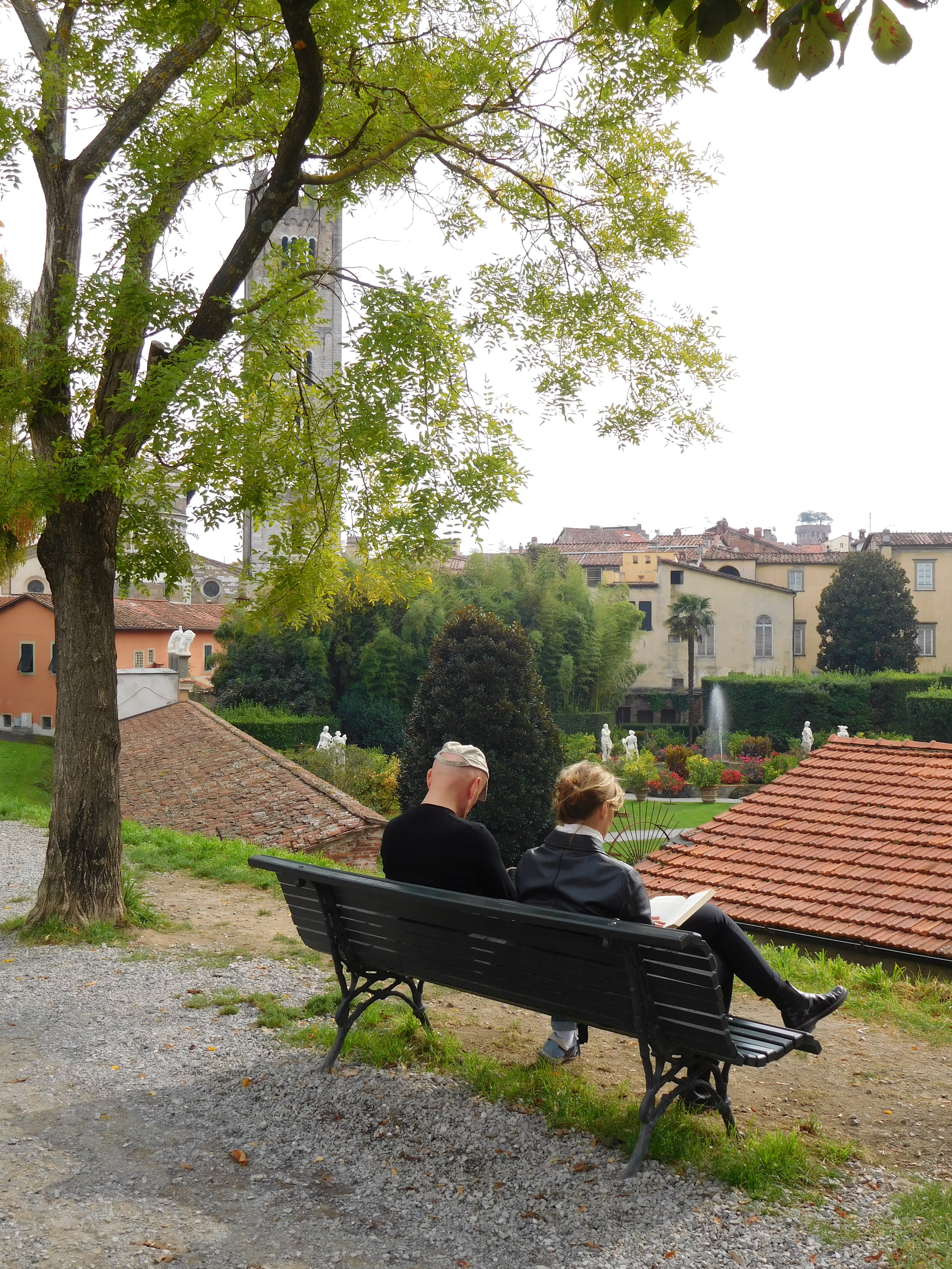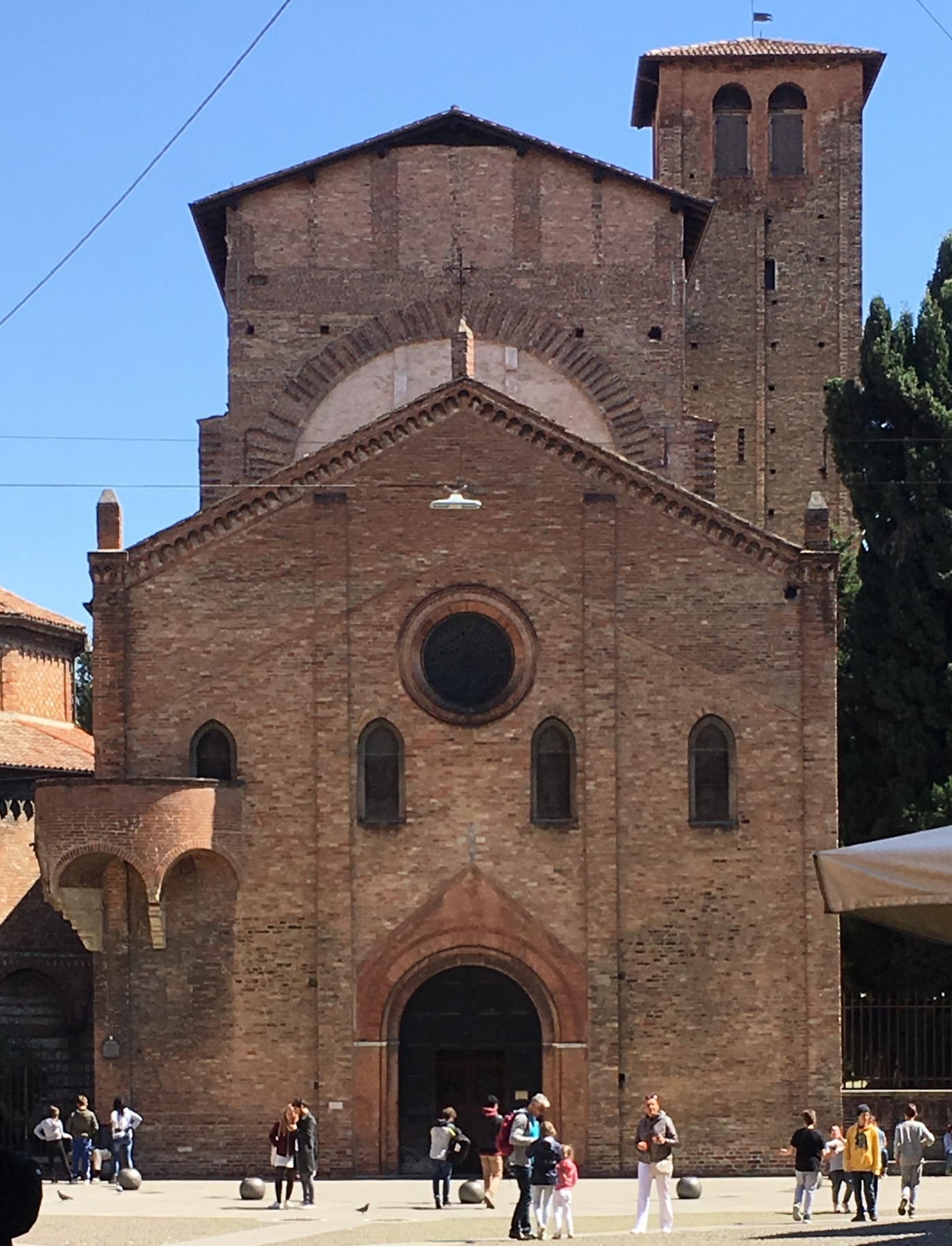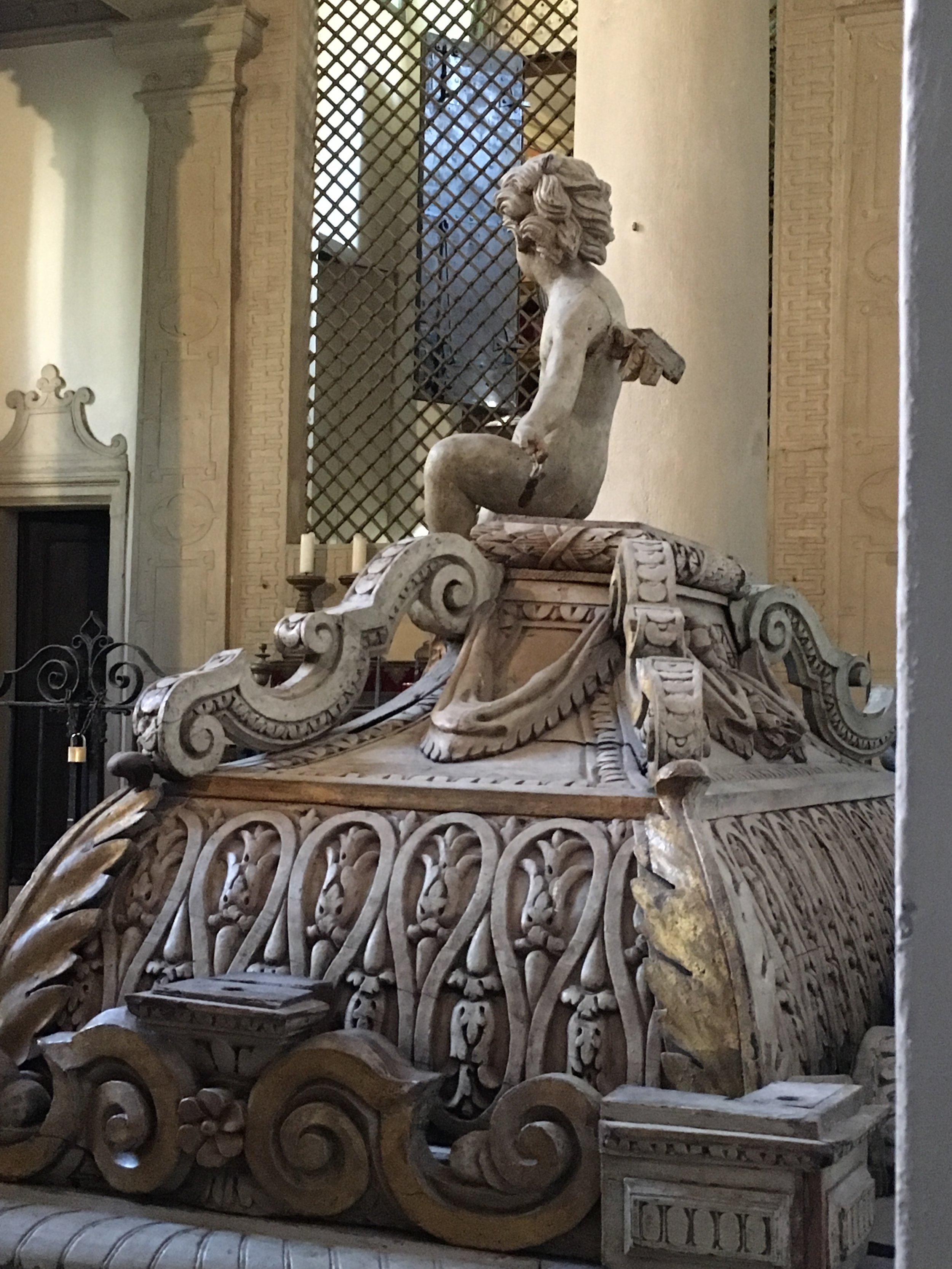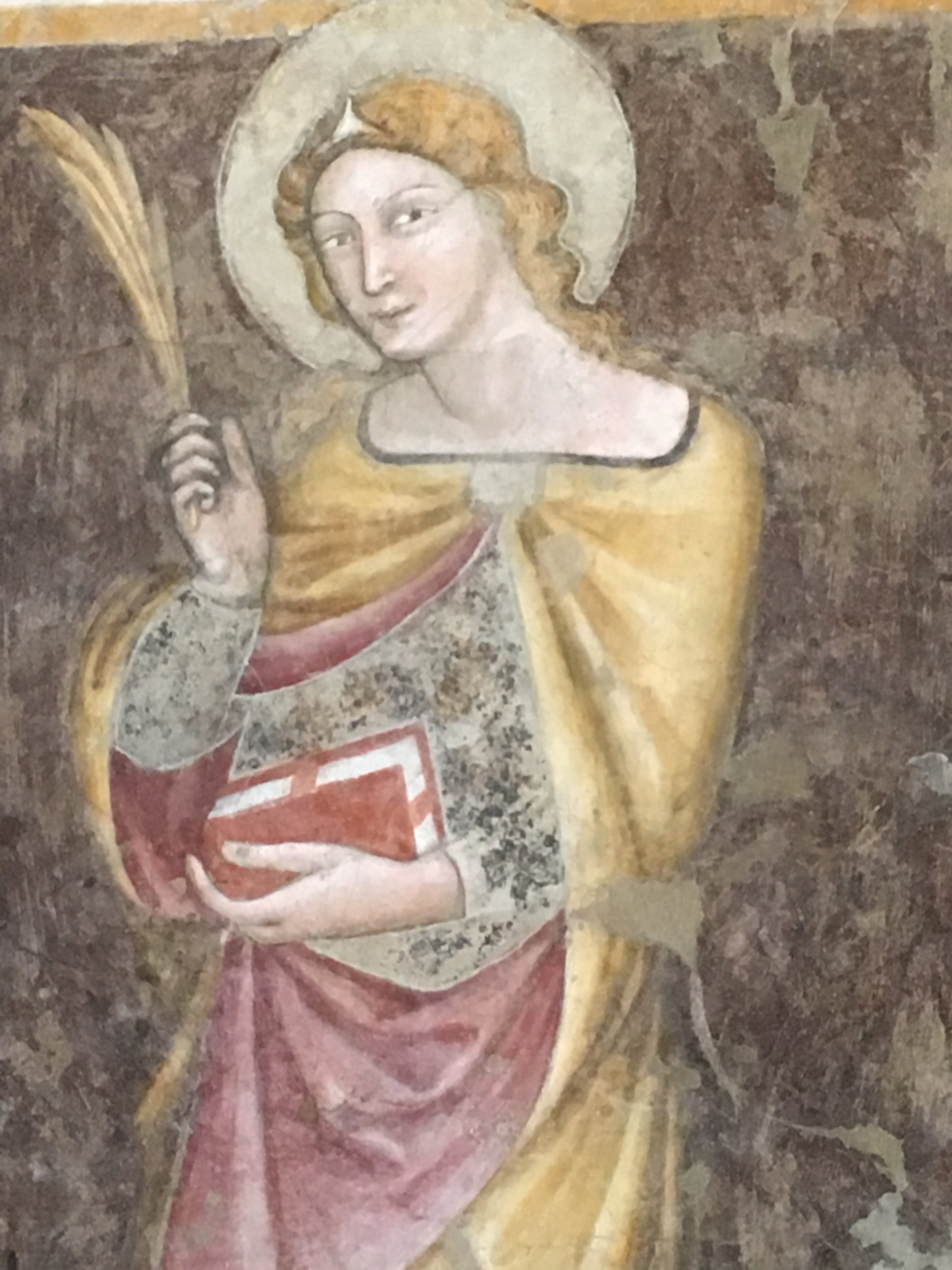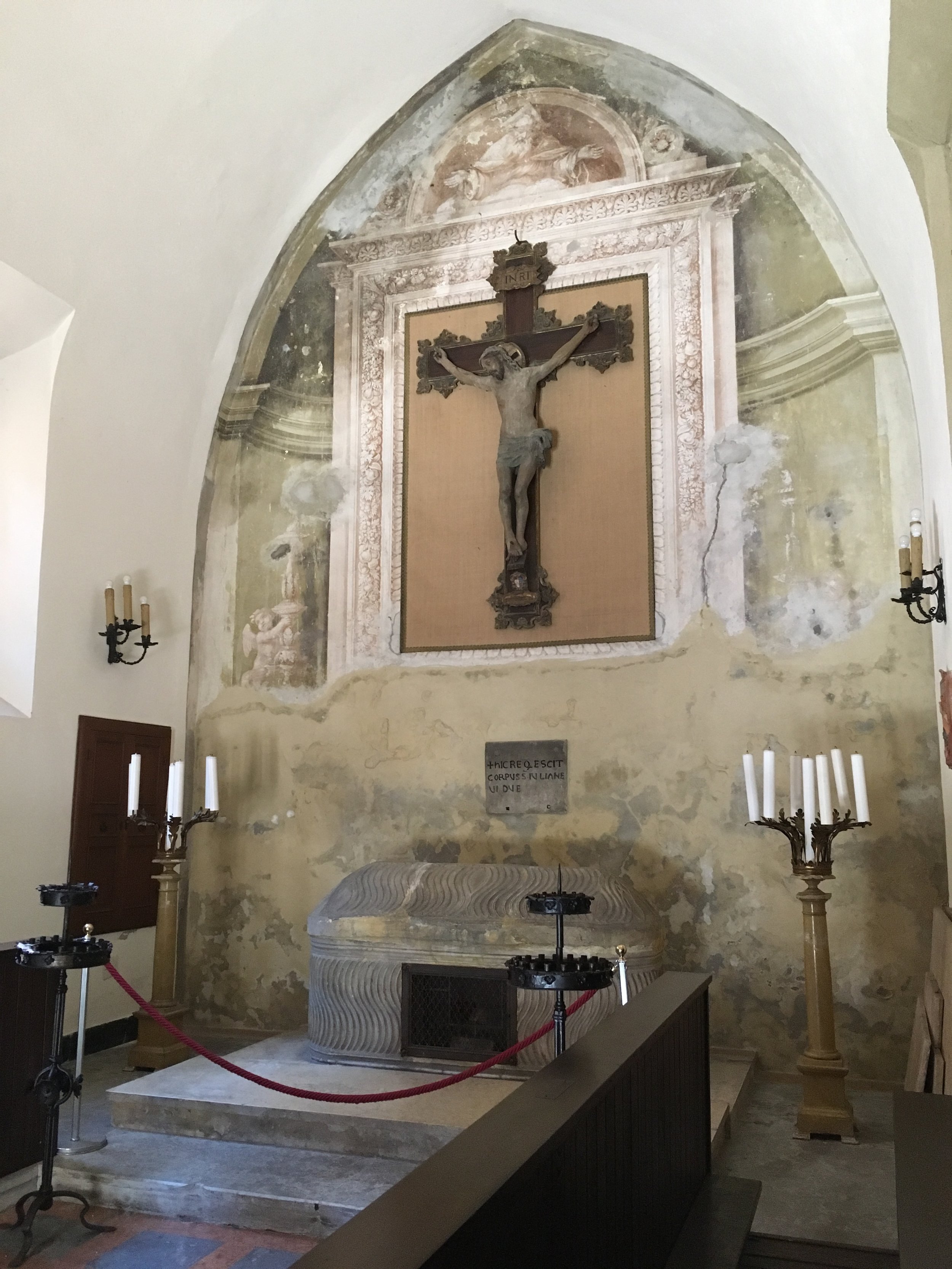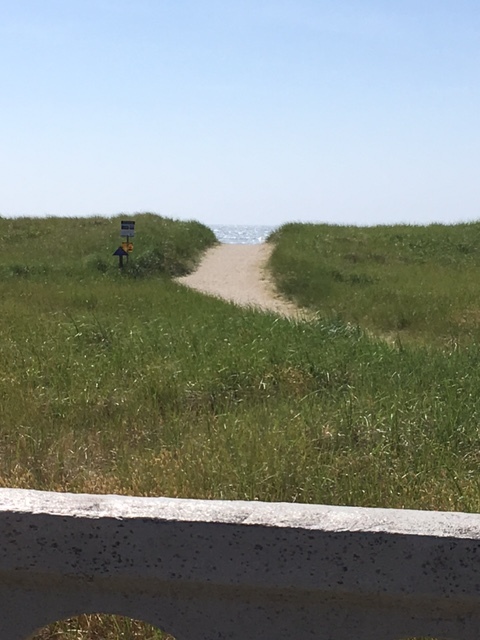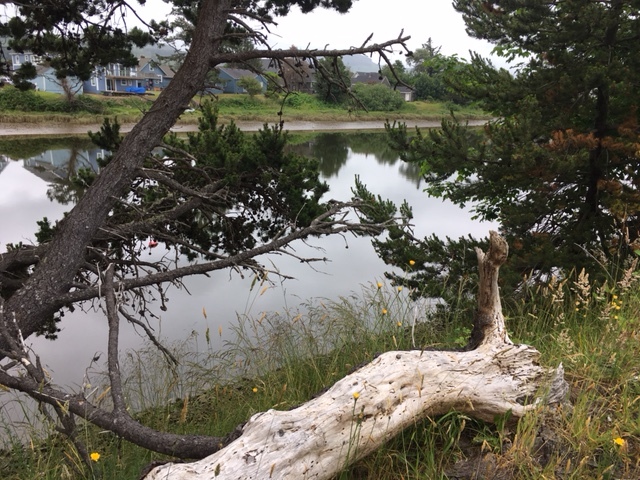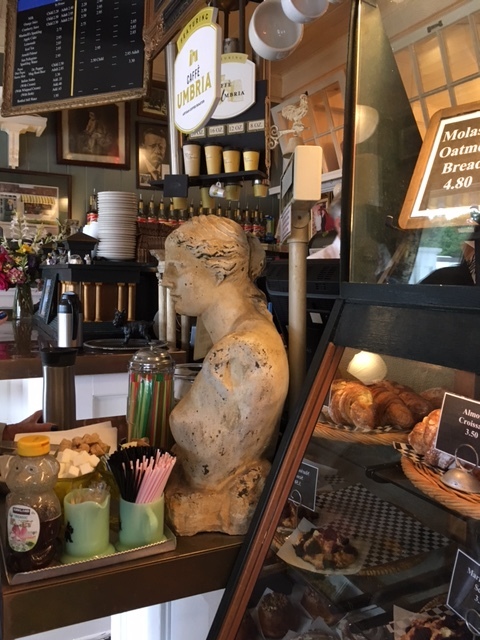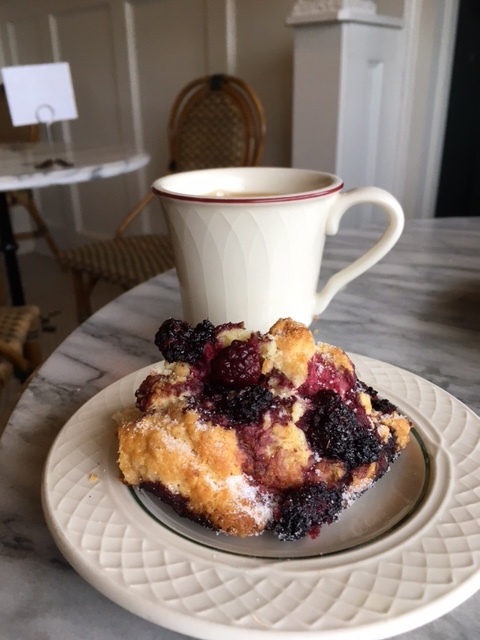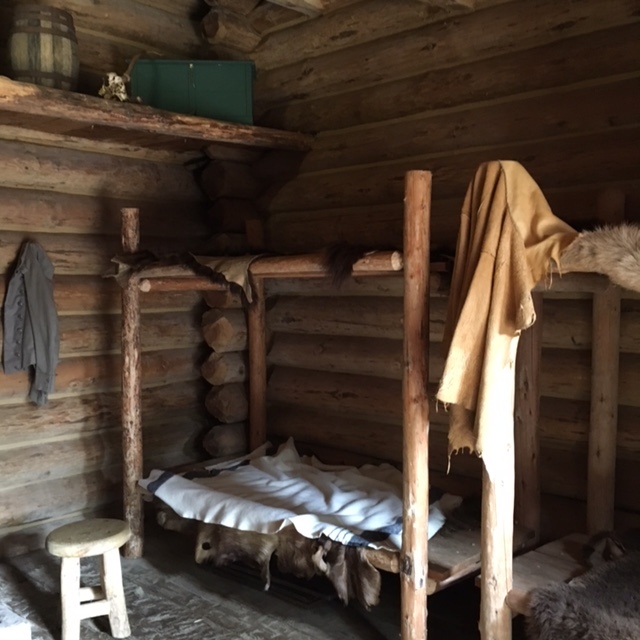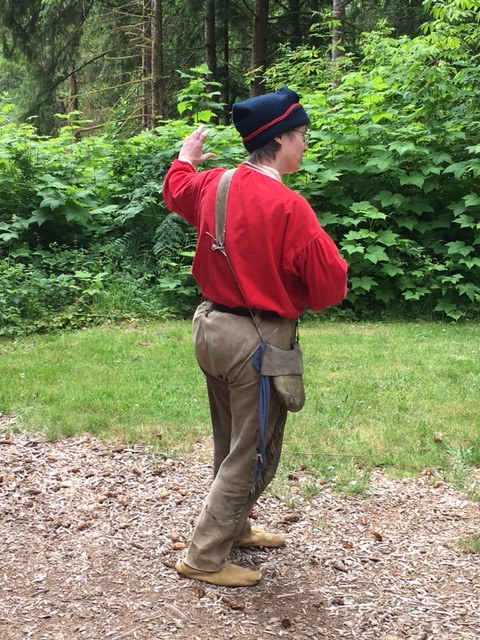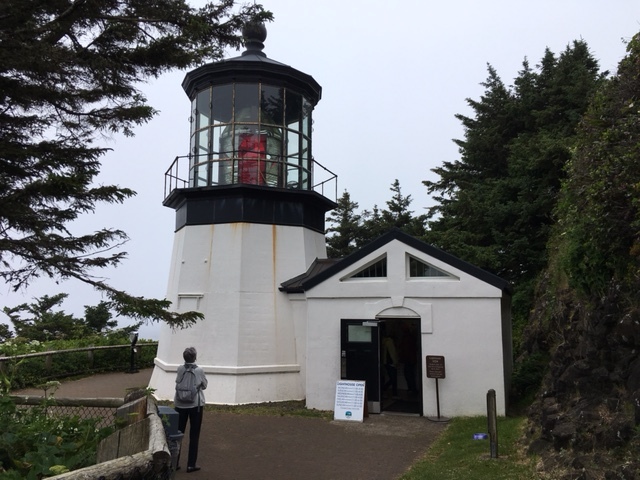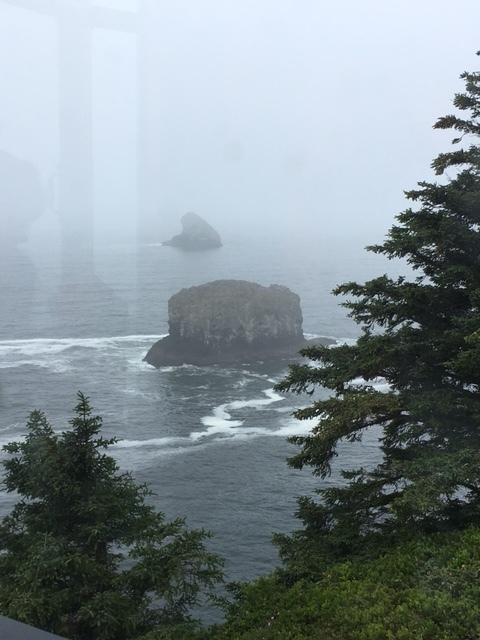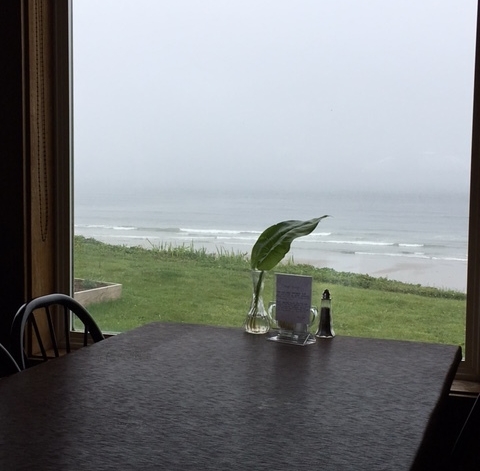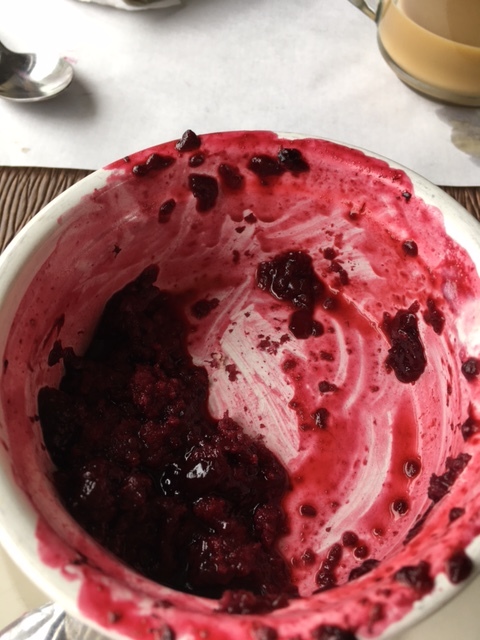Happy New Year 2018
Happy New Year! Felice Capodanno!
The Duomo, Florence
The start of a new year is always a time of reflection – of looking back to the past year and ahead to the year just beginning. It’s also a time to catch your breath after the hubbub of the busy holiday season and to appreciate the lengthening daylight hours as we head toward spring.
This year, we at Two Parts Italy are doing our post-holiday rest and reflection at home in New Mexico. This is quite a change from last January when we launched this blog live from Italy as we celebrated the new year in Lucca. What an exciting way that was to start a new project and a new year!
In the past year we’ve written 75 or so posts, about Italian regions and cities, markets, foods, language, culture, music, travel and, of course, Lucca – one of our favorite places. And what adventures we had in 2017 – studying Italian in Italy, traveling to new places (Verona! Bologna! Pistoia!) and rediscovering others (Florence!).
We also traveled to (and wrote about) places in the U.S., and we've offered up recipes and general travel tips. We have enjoyed every minute of the adventures and the writing. All of the past year’s posts, organized by topic, can be found by clicking on the “Index” tab at the top of the page. We hope our older posts might provide you some distraction during the long days of January and February and inspire you to plan some travel. Here are a few of our favorite photos from our 2017 blog posts:
Looking ahead, we will start this year with a post about the beautiful city of Verona, a place we visited last fall. We also have new travel adventures planned - in 2018 Judy will travel to Hawaii, Italy, and Croatia. Joanne embarks on her first ocean cruise in February, which will take her to Barcelona, the French Riviera, and Tuscany. After that, she plans to spend almost half the year (spring and fall) in Lucca with a hope to see some of you there!
Lucca Italian School
Looking even further ahead to spring of 2019 – we hope you will join us on a Two Parts Italy travel experience. We will be taking a small group to Lucca for a week of language study and adventures in and around Lucca. Five mornings will be spent in small group classes at our favorite Italian language school. Afternoons will center around getting to know Lucca through cooking, wine, music, and culture, as well as exploring this marvelous medieval city. We'll leave some time for shopping too! If you've dreamed of studying Italian in Italy, or just want an introduction to the Italian language in the midst of a great trip, please join us! Individualized classes can accommodate all levels of Italian language learners, from beginning to fluent. Look for details and pricing for the 2019 trip this spring.
We want to thank all of you, our readers, for your support and encouragement throughout this year and for traveling with us through the blog. We appreciate your feedback, your reactions, and especially hearing that we’ve inspired you to travel to Italy. We also appreciate that so many of you have “liked” us on the Two Parts Italy Facebook page and that you share our Facebook posts! Best of all – we loved meeting so many of you in Italy this year, talking about your love of Italy, sharing a glass of wine, a caffe, or a meal, and comparing adventures. Italian travelers are the most interesting people! Here's to a 2018 full of good health, good friends and good travel!
